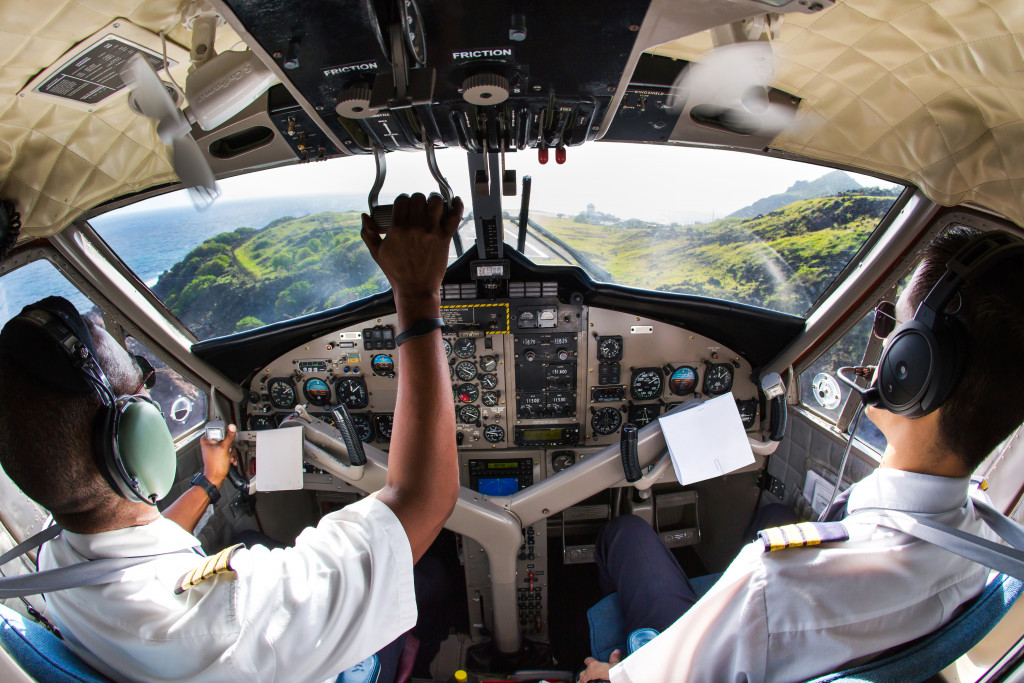When it comes to travel safety, there are many factors to consider. Some people might automatically assume that flying in an airplane is much safer than driving in a car. After all, planes are regulated by the government and must meet certain safety standards, while cars are not held to the same rigorous regulations. But is this really the case? Let’s take a closer look at the risks associated with air travel and car travel and some safety features that make each option safer than it might appear.
How Safe Is Air Travel?
Many people are apprehensive about flying, especially when they have to board an airplane for the first time. Some travelers might be afraid of turbulence or other unexpected events during their flight, while others might worry that there is something inherently dangerous about flying thousands of feet in the air. However, despite these fears, statistics show that air travel is much safer than many people think. Here are just a few safety features that make flying in airplanes much safer than driving in cars:
Airplanes Are Carefully Regulated
The Federal Aviation Administration (FAA) is responsible for regulating the safety of all commercial flights in the United States. This includes setting guidelines for everything from maintenance and repairs to pilot training. Airlines are also required to adhere to strict safety standards set by the FAA.
Airplanes Are Inspected Frequently
Since airplanes are flying so high in the air, they must undergo regular maintenance and inspections to ensure their safety. The FAA requires airlines to perform detailed inspections of each aircraft after 100 flying hours and again after every 1,500 flying hours. In addition, plans must be thoroughly inspected at least once every 12 months.
Airplanes Have Multiple Safety Features
In an emergency, airplanes are equipped with multiple safety features that can help keep passengers safe. These features include things like oxygen masks, inflatable slides, and life jackets.
Pilots Are Required to Have Extensive Training

All commercial pilots must undergo extensive training before they are allowed to fly passengers. This training includes both professional flying lessons and classroom instruction on topics like aircraft systems, meteorology, and navigation.
Air Traffic Control Monitors All Flights
Air traffic control is responsible for monitoring all flights and ensuring safety. Air traffic controllers use radar to track each aircraft and provide pilots with directions and instructions.
While flying in an airplane does come with some inherent risks, many safety features help to keep passengers safe. So if you’re thinking about flying for the first time or taking a trip on vacation, rest assured that flying is much safer than driving in a car!
Is Car Travel Safer Than Air Travel?
There is no clear-cut winner between air travel and car travel when it comes to travel safety. Both modes of transportation have risks and safety features that can help keep passengers safe. So which form of transportation is safer: flying in an airplane or driving in a car? Let’s take a closer look:
1. Airplanes Are More Heavily Regulated Than Cars
As we mentioned before, airplanes are subject to much stricter regulations than cars. The FAA is responsible for setting and enforcing safety standards for all commercial flights in the United States. This includes things like maintenance, repairs, and pilot training.
2. Cars Are More Prone to Accidents Than Airplanes
Although airplanes are involved in some high-profile accidents, cars are much more likely to be involved in an accident. In fact, according to the National Highway Traffic Safety Administration (NHTSA), there are six million car accidents in the United States each year.
3. Airplanes Have More Safety Features Than Cars
While cars have come a long way in terms of safety features, they still don’t have as many safety features as airplanes. Some safety features found on airplanes but not cars include oxygen masks, inflatable slides, and life jackets.
4. Car Drivers Have Less Training Than Pilots
One of the reasons flying is so much safer than driving is that pilots have to go through a lot more training than drivers do. To become a pilot, you have to have a commercial pilot’s license, which requires at least 250 hours of flight time. You also have to pass a physical and a written exam. And once you have your license, you have to keep up with your training by flying regularly.
On the other hand, drivers only need to take a written and a driving test to get their license. And while there are driver’s education classes, they are not required in all states. Plus, once you have your license, you can go years without taking any more driving tests or brush-up courses.
So while there is no definitive answer to the question of which mode of transportation is safer, there are a few key factors to consider. When it comes down to it, both air travel and car travel come with their own unique risks and safety features. But if you’re thinking about traveling in the near future, don’t let these risks deter you-flying is actually much safer than driving!
